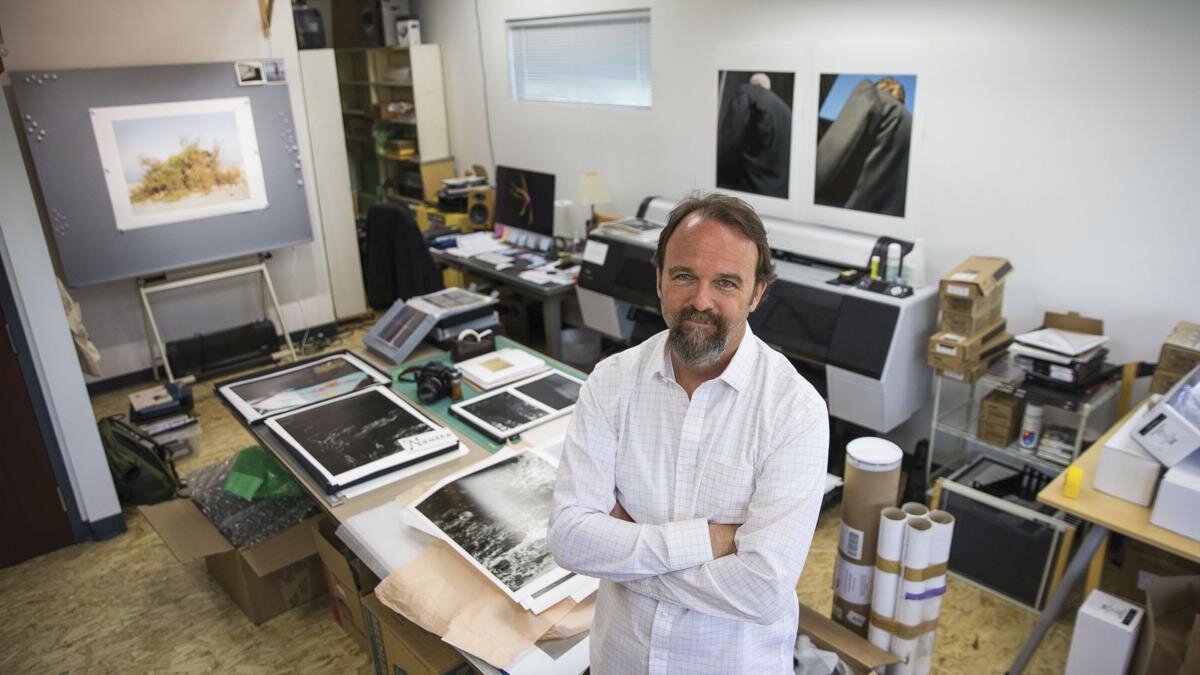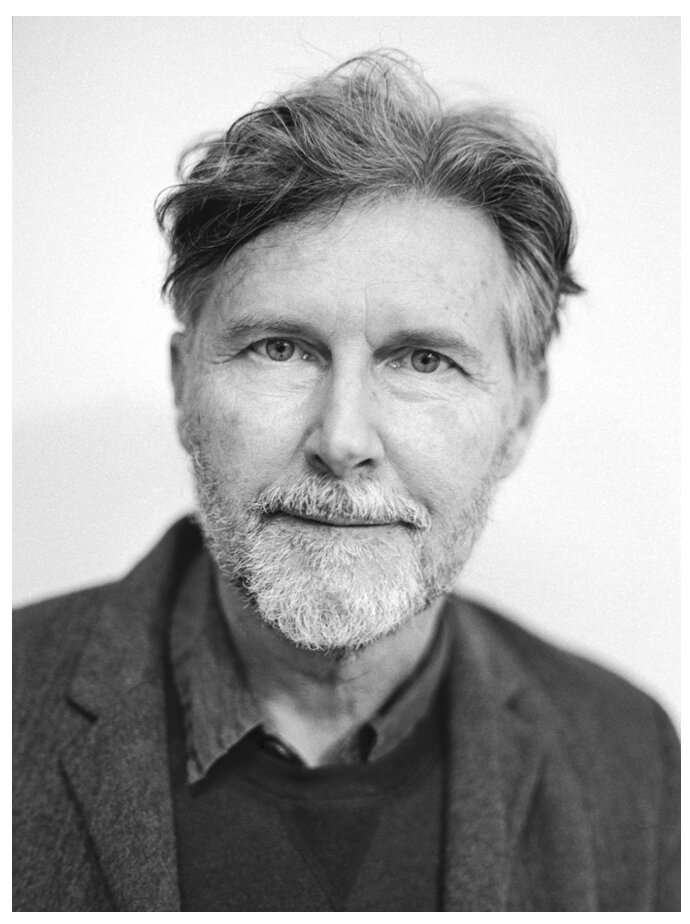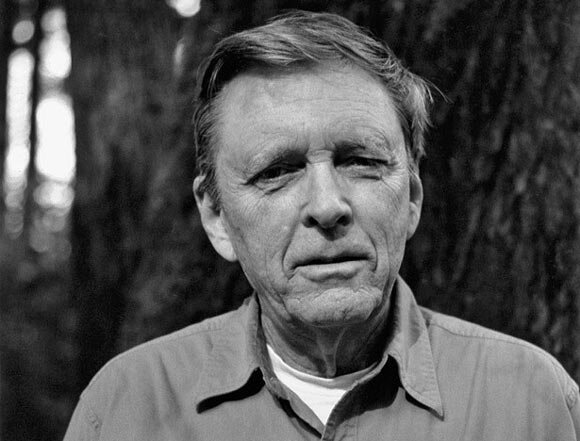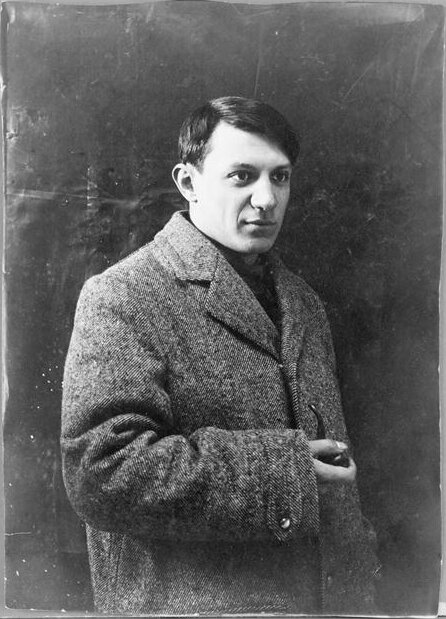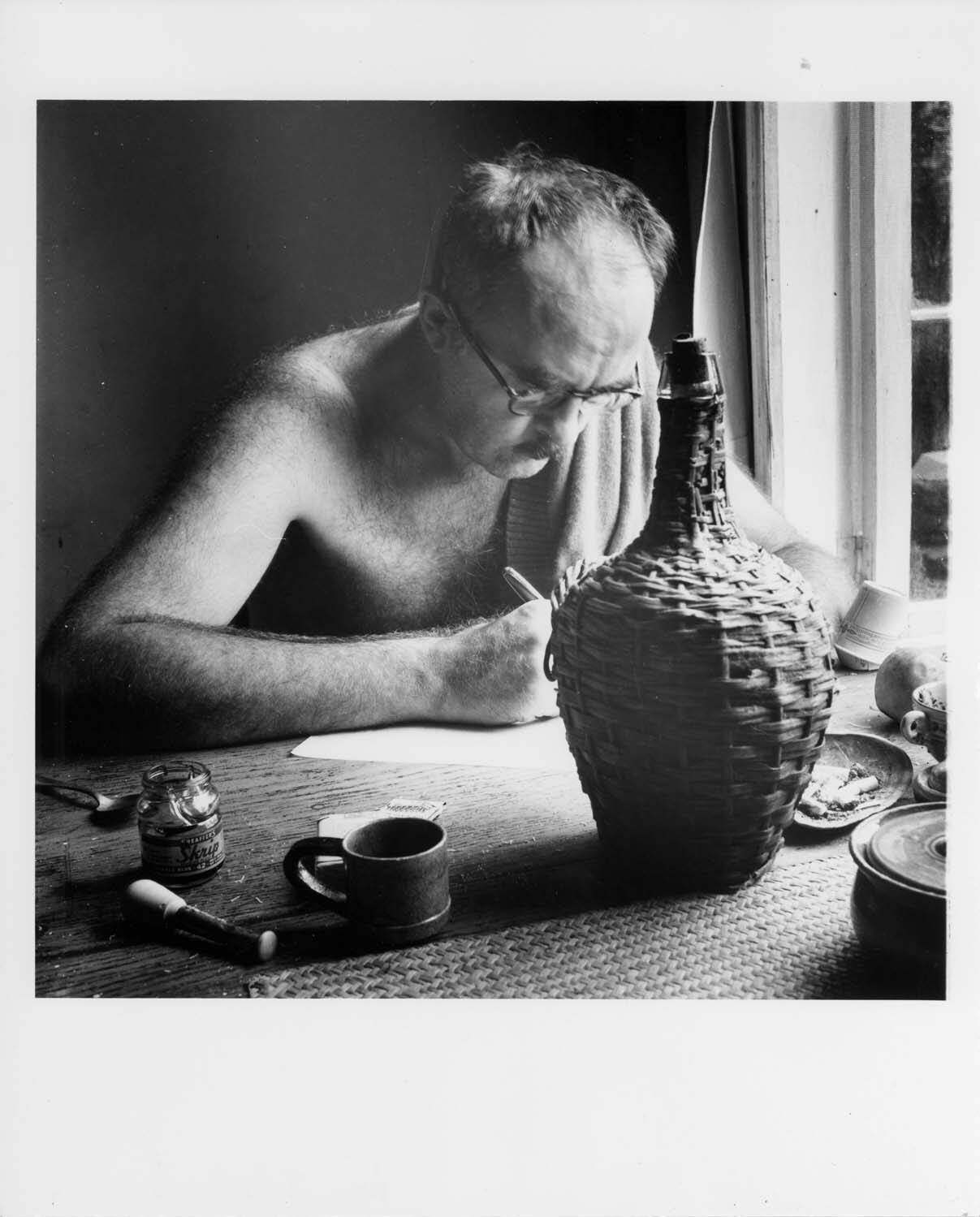Tim Carpenter Interview
Tim Carpenter
Episode 3 of Loveheadhouse the Photography Podcast is a conversation with Tim Carpenter, who lives in Brooklyn, NY. Tim is a photographer, a writer, and a co-founder of the photography book publishing imprint TIS Books. Tim has authored, or co-authored, six photobooks, most of them focused on Piatt County, Illinois, where Tim’s family has deep roots.
Below you’ll find the podcast recording as well as images and links to not only Tim’s work, but to the names of photographers, writers, and others mentioned in our conversation. Thanks so much for listening.
Images from Tim Carpenter’s book Local Objects.
From Tim Carpenter’s book LOST Illinois Central.
From Tim’s work The Ancien Regime.
From the book Still Feel Gone by Tim Carpenter and Nathan Pearce.
Info and links about the names of people mentioned in our conversation.
Photographer Ron Jude is interviewed in Loveheadhouse the Podcast episode 2. (P
hoto: the Daily Emerald.)
I interviewed photographer Bryan Schutmaat in Loveheadhouse the Podcast episode 1.
The philosopher Friedrich Nietzsche is mentioned by Tim. His writings have been hugely influential for over 150 years.
The poet Wallace Stevens lived in Hartford, Connecticut, where he was a vice-president for an insurance firm while writing some of the most innovative poetry of the modernist era. (P
hoto by Sylvia Salmi.)
Ben Lerner is a poet, novelist, essayist, and critic. (P
hoto: MacArthur Foundation.)
Michael Palmer is a highly-awarded poet, translator, and essayist who lives in San Francisco.
Tim mentions Igor Stravinsky, the avant-garde modernist composer famous for the symphony the Rite of Spring. (Photo: George Grantham Bain Collection.)
He also mentions one of the great innovators of free jazz, Ornette Coleman. (
Photo by Geert Vandepoele.)
Author Virginia Woolf was one of the most significant innovators of the modernist novel in the 20th century. (P
hoto by George Charles Beresford.)
Mark Steinmetz is a photographer of people, an educator, and author of well over a dozen photobooks. (Photo by
Bernhard Mueller.)
Photographer Robert Adams was part of the original New Topographics exhibition and has been photographing America, particularly the West, since 1963.
John Gossage has taken his camera, and his intelligent eye, to a wide range of places, from suburban nature to the Berlin wall. He’s the author of over 30 photobooks.
As a teenager, Stephen Shore hung out with his camera in Warhol’s factory. He’s been making important images and photbooks ever since.
Lee Friedlander helped shape photography in the latter half of the 20th century and is still making photographs.
The words street photography make most people think of
Garry Winogrand, who defined the genre and then went beyond it.
The painter Georges Braque co-invented both collage and cubism with his friend Pablo Picasso.
There’s probably not much that needs to be said about Pablo Picasso, but I love this picture.
The novela Goodbye, Columbus launched Philip Roth’s long career as a writer of often semi-autobiographical fiction.
Pulitzer and Nobel prize-winning author Saul Bellow is famous for portraying the complex inner lives of his characters. (P
hoto by Jeff Lowenthal.)
Critic Helen Vendler has a lot of opinions about a lot of writers.
Poet Charles Olson was a major figure in the black mountain school of poetry and actually was the last rector of that college. (P
hoto: black mountain research.)
Robert Lowell, poet and educator, was part of the “confessional” school of poetry and a formalist who also embraced (somewhat) free verse.
German filmmaker Wim Wenders is famous for films such as Wings of Desire and The Buena Vista Social Club. U2 recorded Achtung Baby in his Berlin basement.
American modernist poet William Carlos Williams was one of the most influential poets of the 20th century. He is indirectly a figure in the Jim Jarmusch movie Patterson.












































